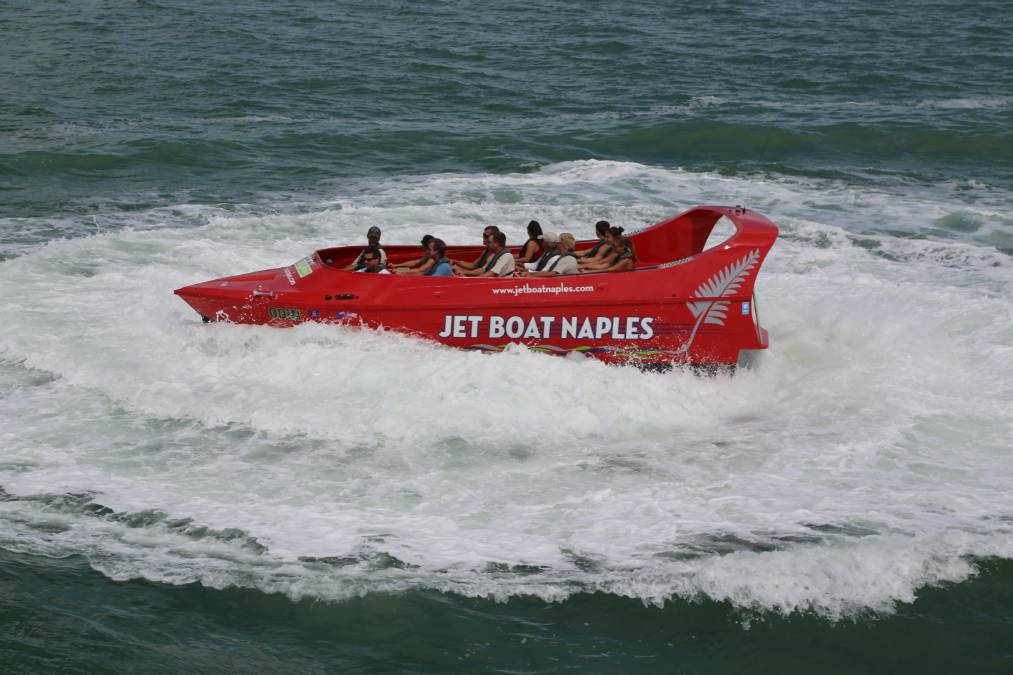To make certain that your small boat is sea worthy and all essentials are up to speed, choose 15 minutes for a quick review before launch. Entire a pre-departure checklist prior to launching and you may be certain that your boat is in good working order including all of the necessary equipment on board.
• First Assess
Work Boat Hire operating condition of one's ship: motor, steering, battery, hoses, clamps, gas tanks, linesand float switches. Consistently test your vessel lights and take extra batteries. Have and check all of navigation lights as required for your vessel. Make certain all tool lights are all working.
• for those who have a double charging platform, be certain that the selector switch in the proper position. Make sure the power is to the whole vessel. Have aboard spare batteries for accessories for example a your handheld radio, flashlight, mobile navigational aid, etc.. In the event the batteries are rechargeable, then make sure they're charged.
• Open all hatches and run the mill once you squint and until getting penalized. Sniff for fumes before starting the engine and should you smell fumes, do not begin the engine.
• On almost any powered vessel or auxiliary powered sailboat, or boats using LPG for cooking or heat, check that indoor spaces are ventilated before passing.
• Make certain you have atleast one U.S. Coast Guard-approved life jacket of correct size and type along with properly matching for you as well as every pupil (and, on the water, so make sure they are worn, perhaps not simply stowed). It's prudent to install a whistle to each life jacket.
Also boats More than 16 ft must have an additional Type I V or throwable flotation device - i.e. buoyant cushion, ring buoy, or horseshoe buoy

• Carry at least one fire extinguisher and make sure it is accessible and charged. Ensure you have the absolute minimum quantity required by Coast Guard rules.
• be certain that you have one anchor set up. Carry a few extra dock lines in case you encounter odd conditions dock-side. Inspect the lines that you employ for wear or tear. Carry at least two fenders onboard for docking or towing if demanded.
• Emergency provides - Maintain on board in a floating pouch: charts of this local spot, flares, a first aid kit.
You could also have a horn capable of producing a four-second blast audible for 1/2 mile aboard.
• Check the capacity plate (if affixed to the hull) or calculate the optimum load to make sure that you do not overload the boat with passengers and gear.
• Ensure your registration is up to date and aboard together with you and your ship. Have other necessary newspapers like radio license, fishing permit, etc. on board. Have the graph or charts to your region you would like to escape in, regardless of one's level of local understanding.
If you aren't certain that you could complete all the necessary checking yourself, then take advantage of a free Vessel Safety Check from the US Coast Guard. Totally free, they'll provide a specialist to take a look at your boat and also make helpful boating safety hints and recommendations.
UNDER MAINTENANCE

